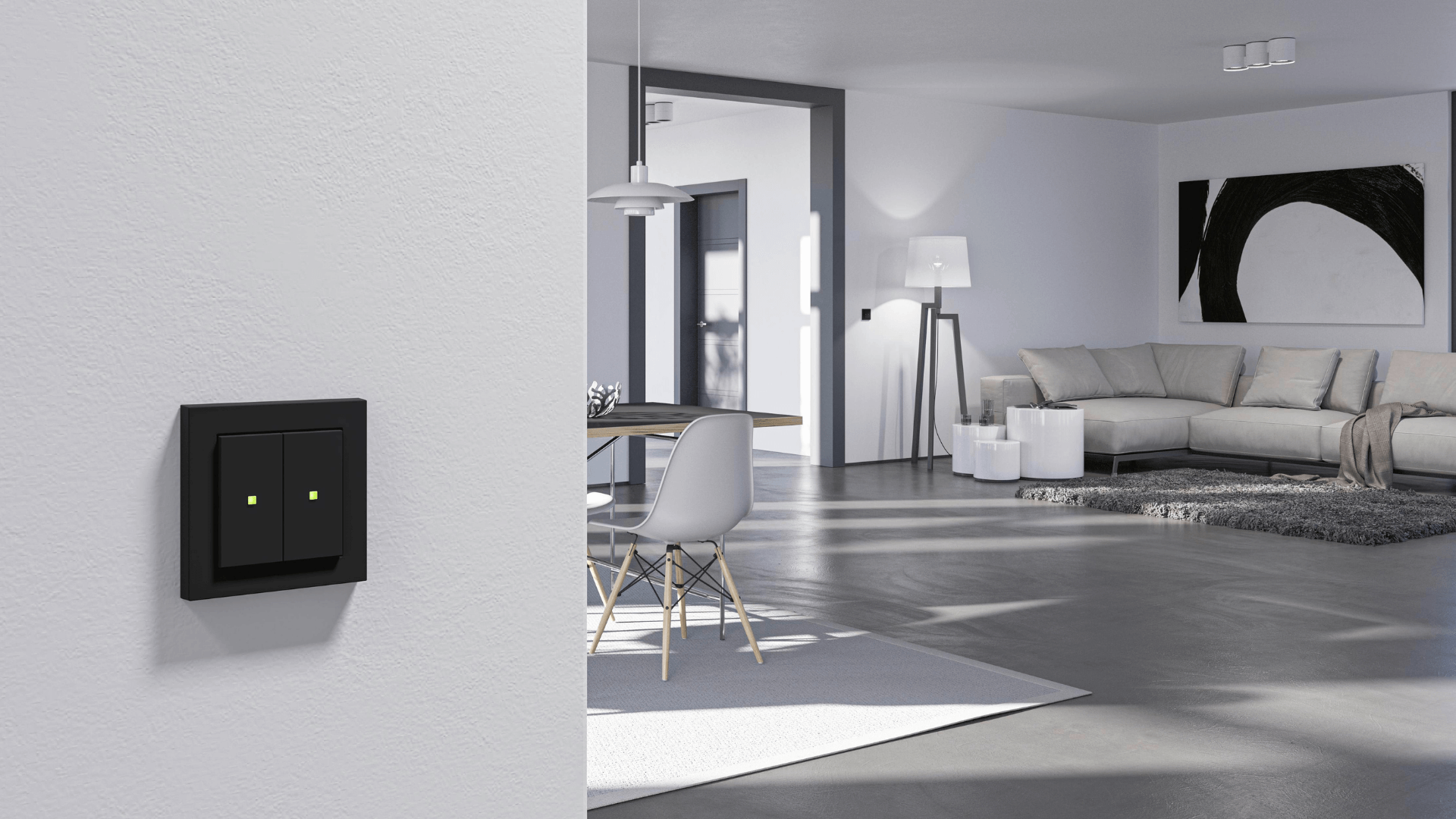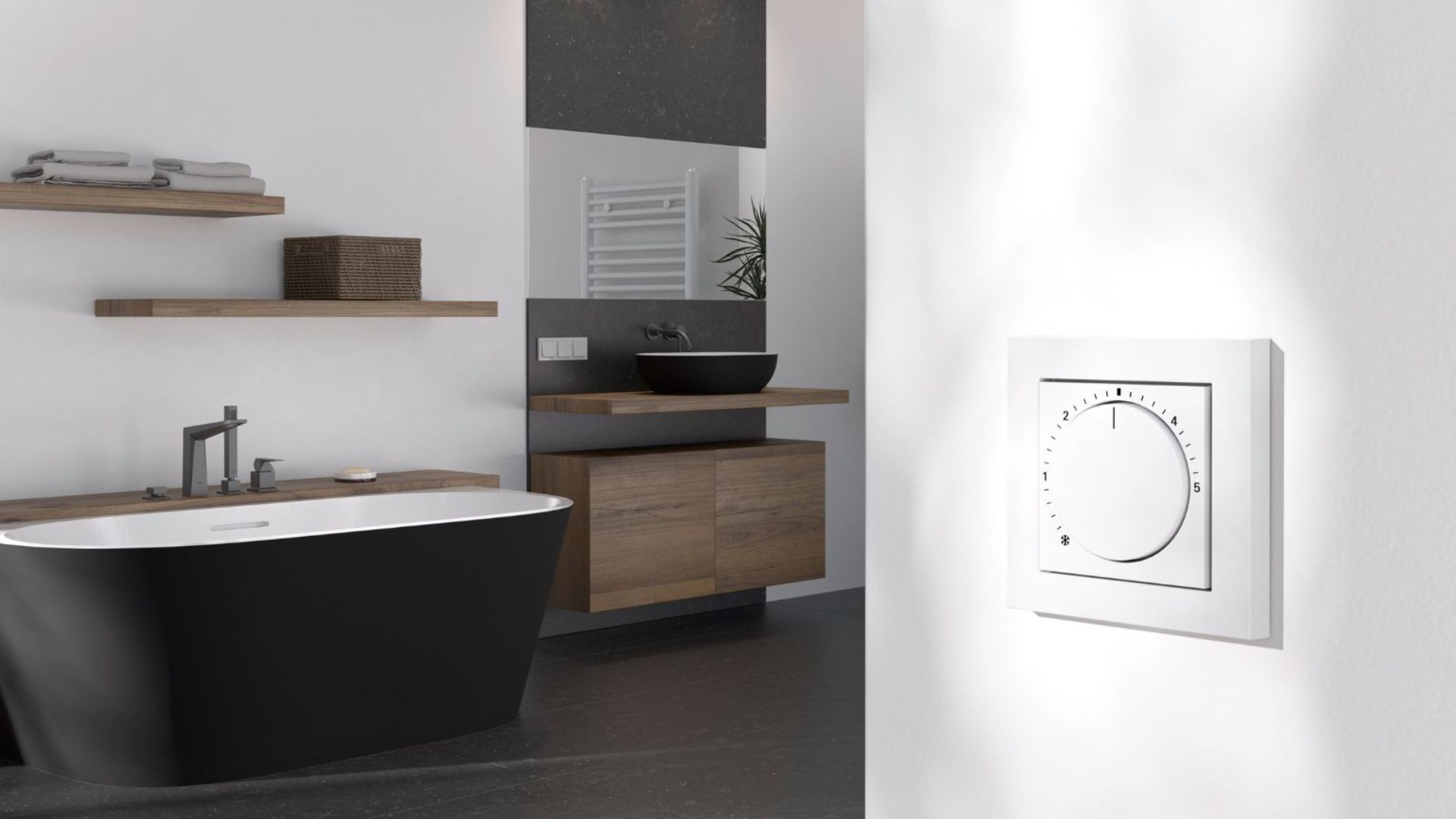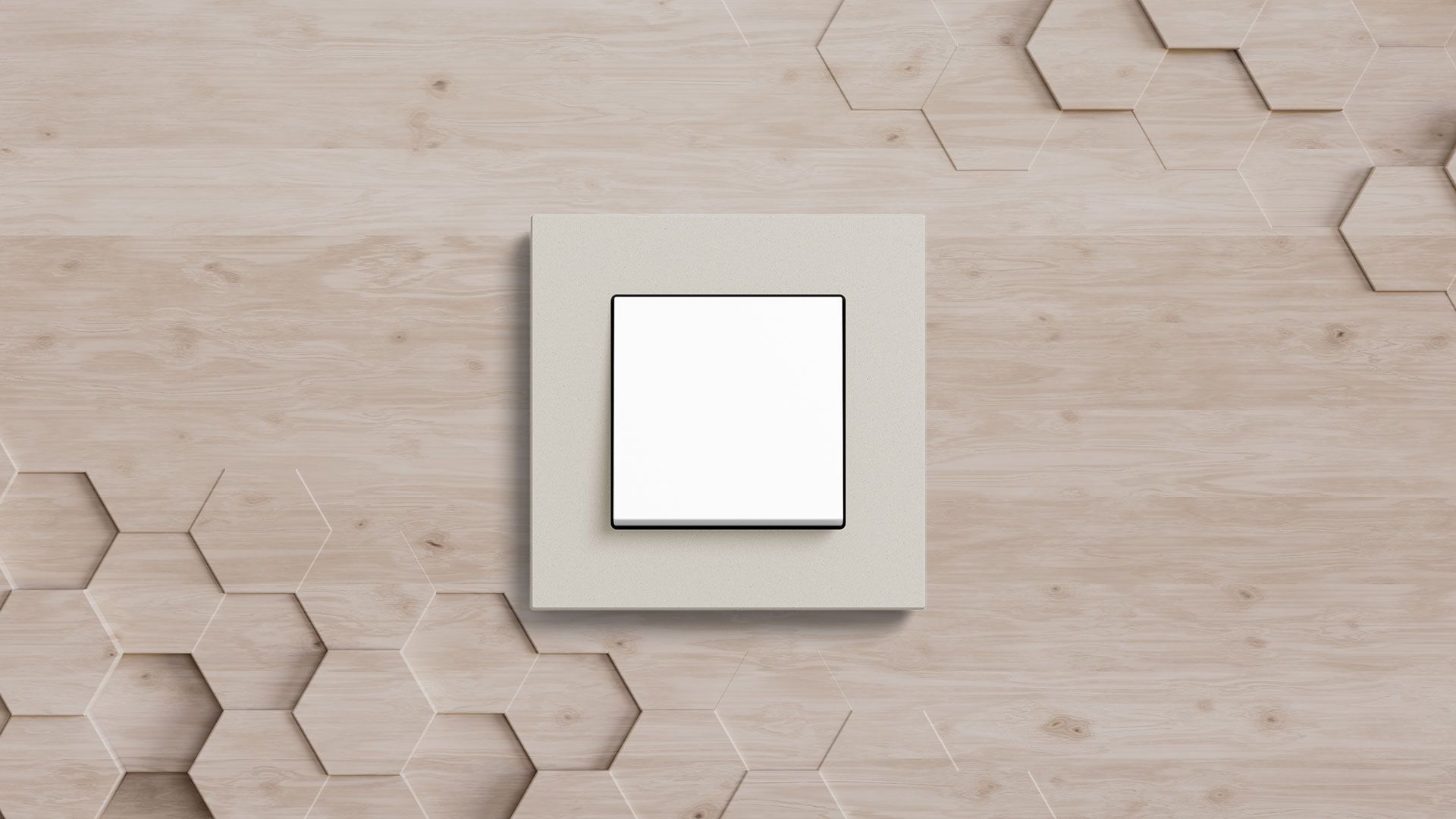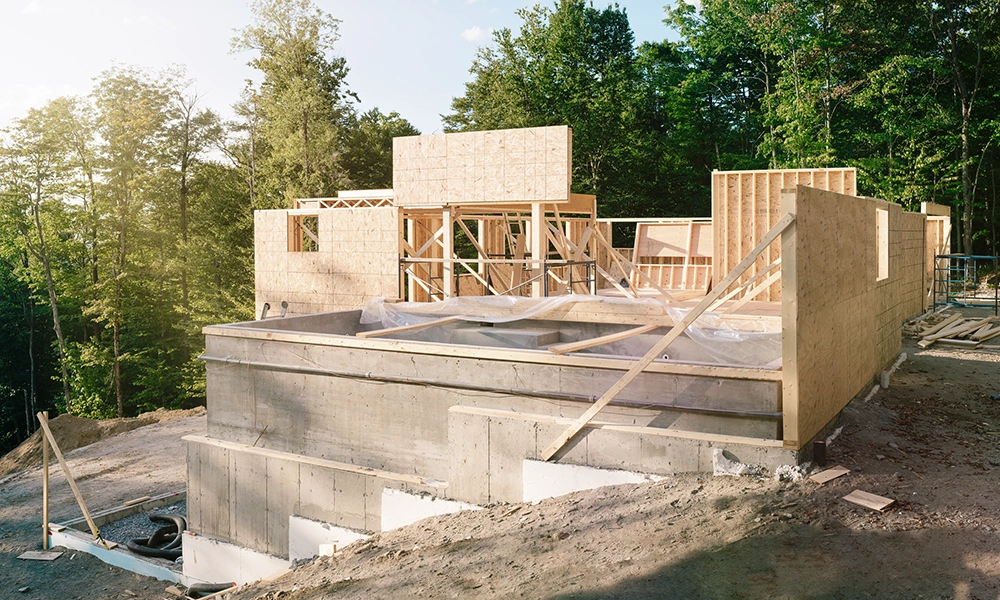
Sustainable building materials: eco-friendly construction with green materials
Buildings are made to last for generations. With climate change and future challenges in mind, sustainability is increasingly important in construction, including the use of eco-friendly materials. Learn which sustainable building materials are beneficial for architecture, people, and the environment.
The construction sector is responsible for a significant share of global energy consumption and emissions. According to a UN Environment Programme report, the industry contributes around 38 percent of global CO2 emissions. The German Federal Ministry for the Environment and Nature Conservation (BMUV) has called sustainable building one of the most pressing challenges for the industry. Eco-friendly building materials are essential for transforming the sector. But what does “sustainable building” really mean, and what defines environmentally friendly materials?
Overview of sustainable building materials:
Wood and engineered wood products
Clay and clay-based products
Recycled materials
Bricks made from clay or recycled content
Sustainable insulation (e.g., cellulose, wood wool, wood fibres, straw, jute, coir, reed or Napier grass, sheep wool)
Eco-friendly paints, varnishes, and flooring
Recyclable aerated concrete and concrete roof tiles
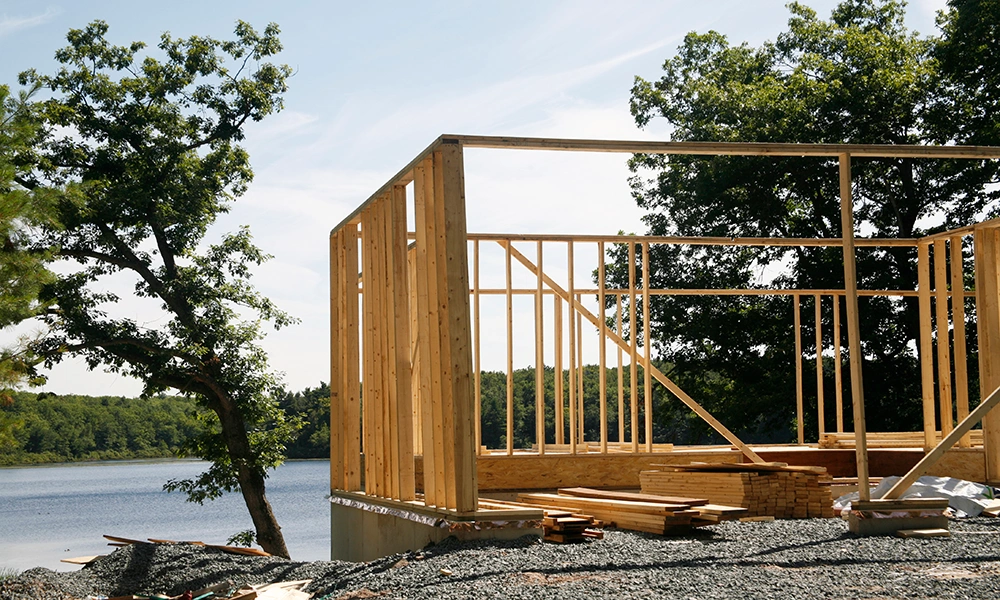
Sustainable building: definition and characteristics of eco-friendly materials
Sustainable building aims to conserve resources over the long term, reduce emissions, and minimise a building’s overall environmental impact. This approach begins with sustainable materials, which have a low environmental impact throughout their life cycle, from raw material extraction and manufacturing to usage, disposal, or recycling.
The German Sustainable Building Council (DGNB) highlights several criteria for assessing eco-friendly building materials:
Energy efficiency: Sustainable materials require as little energy as possible for production and transport.
Durability: Eco-friendly materials are long-lasting and durable, reducing the need for frequent replacements and conserving resources.
Lifecycle: Materials should ensure longevity, future recyclability, and intensive use to prevent waste over the entire life cycle.
CO2-footprint: Sustainable materials emit minimal pollutants and have a positive CO2 balance.
Local sourcing: Local raw materials reduce long transport distances, lowering ecological impact.
Recyclability: The ability to recycle materials conserves resources, reduces waste, and supports a circular economy.

Recycling as a key principle for sustainable building materials
Recycling is essential for sustainable building materials. This approach means that materials can be reused after their initial application, transforming waste into secondary raw materials.
For recyclability, consider these factors when choosing eco-friendly materials:
Homogeneity: The fewer different materials used in a building, the fewer disposal paths required later.
Separability: Easily separable materials and connections can be reused in their purest form, and building components can be replaced more easily.
Toxin-free: To facilitate recycling, materials should be free of toxins, pesticides, or chemical binders.
A comprehensive assessment of a material’s eco-balance should consider environmental impacts across its lifecycle—from raw material availability and energy usage during production to insulation properties, longevity, and final disposal.

What are sustainable building materials?
Today, a wide range of eco-friendly materials is available, including traditional, natural materials like wood, straw, clay, cork, and natural stone, as well as modern mixed materials. Here’s an overview of sustainable materials for architecture and the environment:
Wood and engineered wood products: Wood meets nearly all criteria for sustainable materials: it’s natural, renewable, low-energy, regionally sourced, and easy to transport. After use, wood can be reused—provided it comes from sustainably managed forests and is untreated. Additionally, wood is durable, provides good insulation, and has many applications, such as OSB panels, which are made from wood chips and serve as an alternative to solid wood.
Clay and clay-based products: Clay products are derived from natural materials and can be easily disposed of or recycled at the end of their life cycle. Clay is also known for its excellent building physics properties: it regulates indoor humidity, binds pollutants, and improves indoor air quality. It is used as clay plaster, bricks, and clay paints.
Recycled building materials: Recycled materials are made from reused raw materials, reducing the demand for primary resources. Recycled glass can be turned into glass aggregate or glass concrete, and recycled plastics or metals can also be incorporated into building materials.

Clay or recycled bricks: Traditional brick production requires significant energy and emits CO2. Eco-friendlier alternatives include clay bricks made from clay and straw, which are recyclable and provide good insulation. Options made from recycled brick fragments or other reused materials further contribute to waste reduction.
Eco-friendly insulation: Insulation has traditionally relied on mineral and synthetic materials made from petroleum. While inexpensive and readily available, these materials are not sustainable. Eco-friendly alternatives are made from renewable, regional, or recycled raw materials. Hemp, for example, is a promising bio-based material with breathable and insulating properties. Other eco-friendly insulation options include:
Cellulose
Wood wool and wood fibres
Straw
Jute
Coir
Reed or Napier grass
Sheep wool
Eco-friendly paints, varnishes, and flooring: To implement sustainable construction holistically, eco-friendly materials are also essential for interior finishes. Sustainable options include cork and solid wood floors and natural fibre carpets. For walls and furnishings, eco-friendly paints based on lime, chalk, or clay, as well as natural varnishes made from plant resins, are recommended. These natural products are free from solvents and replace petroleum-based ingredients with mineral and plant-based alternatives.
Recyclable aerated concrete and concrete roof tiles: Concrete has a poor ecological reputation due to the energy-intensive cement production process. However, new technologies and formulations using secondary raw materials can significantly reduce cement content. Recycling options also improve concrete’s sustainability, with sorted waste returned to production or converted into by-products like cat litter or deck aggregates. Stable, durable, and suitable for short transport distances, aerated concrete blocks and concrete roof tiles are excellent alternatives to traditional clay bricks.
What you should always bear in mind when choosing materials: A natural raw material does not always result in a sustainable building material. For example, a biological material can lose its positive eco-balance due to high energy consumption during production, long transport routes or chemical binding agents.
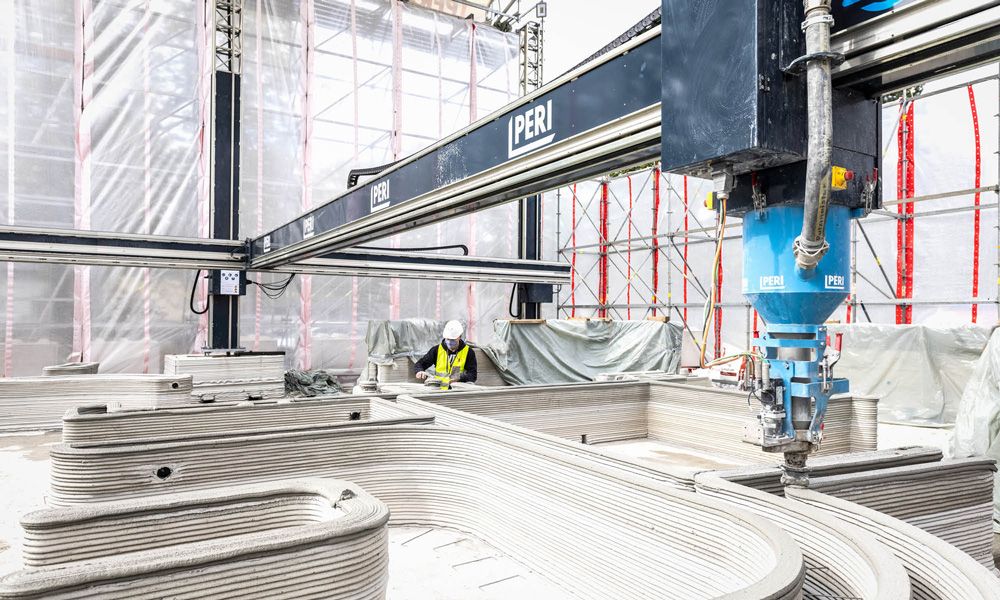
Sustainable building materials: eco-labels and certifications list
Eco-labels help when selecting and purchasing sustainable building materials. Numerous labels have developed certifications and rating systems for sustainable materials, considering various factors. Key labels include:
Eco-labels help when selecting and purchasing sustainable building materials. Numerous labels have developed certifications and rating systems for sustainable materials, considering various factors. Key labels include:
Blue Angel (Blauer Engel): Germany’s best-known environmental label, indicating products that conserve resources or are made from recycled materials.
Cradle to Cradle (C2C): C2C denotes an idealised resource cycle based on natural processes. The C2C label recognises products designed for a closed-loop cycle, beyond simple recycling solutions.
Eco Institut Tested Product: This private label certifies low-emission products, including building materials, furniture, and home furnishings. Testing conditions focus on low emissions during the usage phase.
Natureplus: This label, issued by the Natureplus association, has rigorous criteria for environmental protection, sustainability, and health. It certifies products made primarily from renewable or mineral resources.
Sentinel Haus Institute (SHI): SHI evaluates construction products, coatings, flooring, insulation, and wood materials, focusing on health standards. SHI-certified products have low emissions and are free from toxins.
Eurofins: Eurofins provides this private certification for sustainable materials with low pollutant emissions.
GEV Emicode: GEV Emicode certifies low-emission, eco-friendly materials for walls and flooring.

Sustainable building: taking responsibility for the future
Anyone looking to take responsibility for the future hast to act sustainably today. The climate crisis and its ecological and economic effects are among the most significant challenges for future generations. Growing cities and infrastructure emphasise the need for environmentally friendly processes and sustainable materials.
Gira has integrated sustainability into its corporate philosophy. The company prioritises reducing resource consumption and emissions in its production and other business areas. Renewable energy and eco-friendly solutions are the foundation for Gira’s smart products, enabling users to contribute to climate protection.
You may already have noticed the corresponding labelling on Gira products: References to the REACH regulation and the RoHS directive indicate that Gira only uses raw materials that are harmless to our health and the environment. Gira has also committed itself to the WEEE directive in order to enable environmentally friendly disposal and recycling of its own products.
Gira UK c/o Wandsworth, the home of Gira in the UK
Send us an enquiry
Send us an E-mail. We will reply to you in writing as soon as possible.
Call us
We would be happy to advise you.
+44 (0) 1483 713400
Monday to Thursday 9:00am – 5:00 pm Friday 9:00 am – 12:00pm
